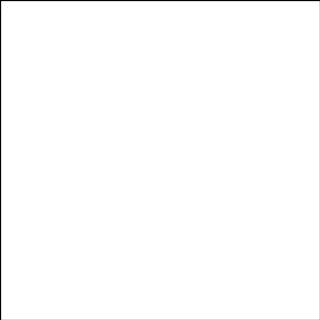E139FL Flexible Epoxy Primer & Floor Coating
E139FL is a two component 100% solids flexible epoxy designed for sealing traffic surfaces exposed to vehicular or foot traffic where a flexible epoxy coating or membrane is desired. The toughness and excellent flexibility (elongation) eliminate the need to repair hairline cracks. This product is formulated for use in a flake and quartz granule broadcast systems as the basecoat prior to installing suitable polyaspartic, urethane and epoxy mortar topcoats.
As a high build flexible coating it can be used both indoors and outdoors where it helps protect against thermal cycling. It can be applied up to 50 mils thick (32 sq’/gallon) and works well when used as a primer with broadcasting as a crack bridging sealer before application of appropriate topcoats. It can also be used as a flexible membrane on wood floors when an epoxy penetrating primer is first applied. For use as a flexible membrane apply at minimum 16 mils thick (100 sq’/gallon)
The E139FL should be topcoated with a UV resistant non-yellowing colored polyaspartic or urethane topcoat as the E139FL will yellow when exposed to sunlight especially when used outdoors.
The E139FL is a 1:1 mix ratio epoxy and is available in 1 quart, 1 gallon, 2 gallon and 10 gallon kits. Available in a wide selection of 15 color options. The clear color is not pigmented but is also not water clear but is a gardner 3-4 which means it is has an amber tone.
PRIMER: None required. For use on wood surfaces as a flexible membrane, recommend an initial application of the E5015 Water Based Epoxy Primer or other suitable primers for proper bonding.
TOPCOAT: For a non-yellowing UV resistant topcoat suggest our 322HW Semi-Gloss Urethane for solid color systems or when applying a clear topcoat to a flake floor system use E344QC Quick Cure High Gloss Polyaspartic . For additional flexibility suggest our 5500-Ex Clear Polyaspartic. Many urethane and polyaspartic coatings are acceptable
E139FL Flexible Epoxy Used?
- Garages
- Auto Service Centers
- Warehouses
- Laboratories
- Aircraft Hangers
- Cafeterias
- Floors requiring a flexible epoxy
Why 139FL Flexible Epoxy?
- Exceptionally flexible epoxy with 60% elongation
- High Build up to 50 mils thick per coat
- 100% Solids Commercial Epoxy
- Excellent Adhesion 450 psi
- Tough Abrasion resistant Only 6 mg loss (Tabor test) and 160 inch lbs Gardner variable impact test
- For use with broadcast systems and as flexible membrane primer
- Wide Variety of 15 Colors








